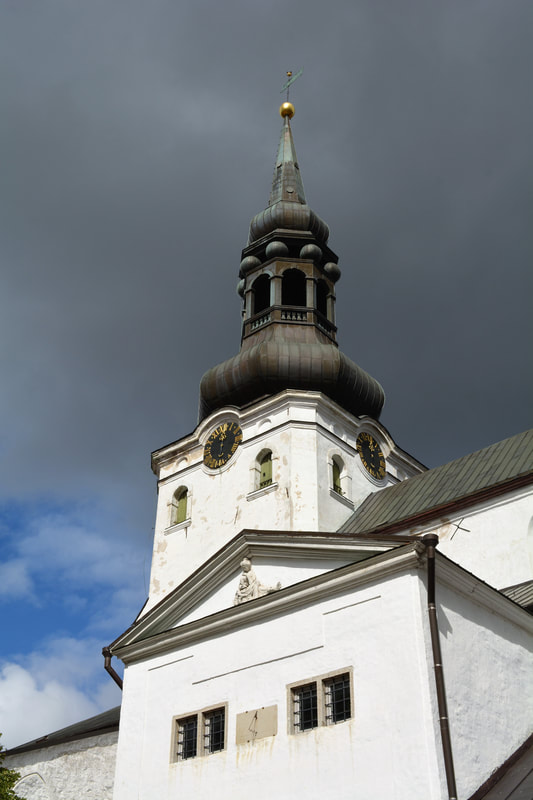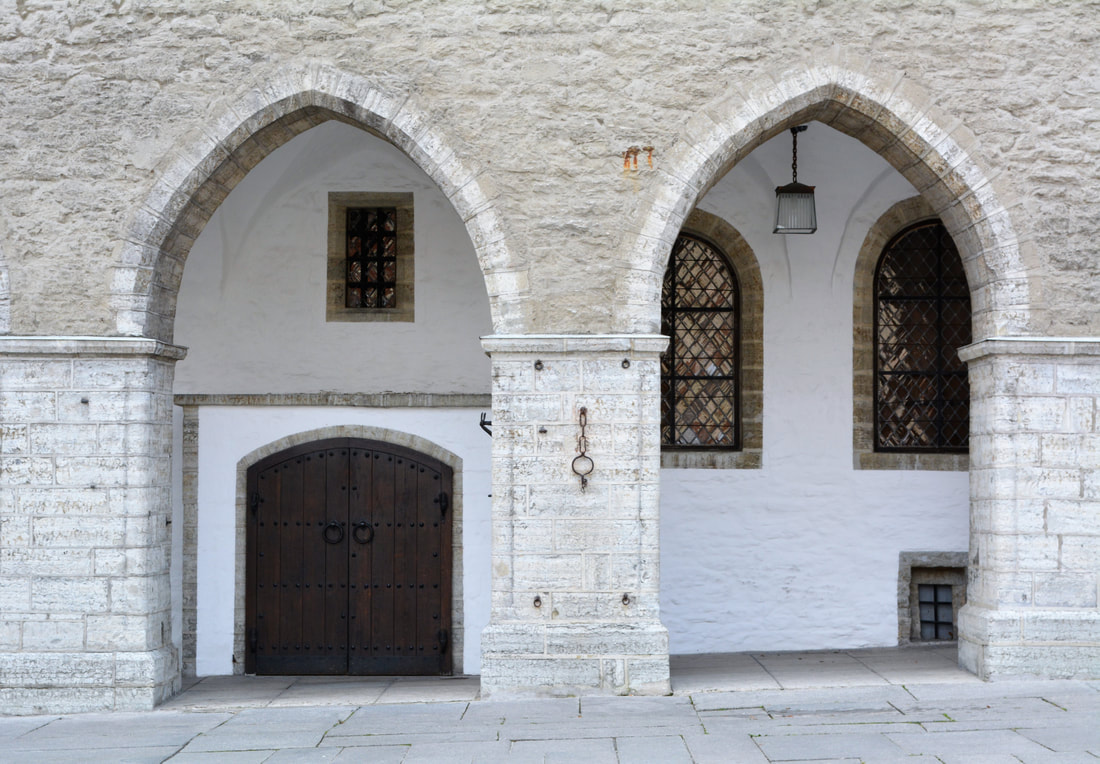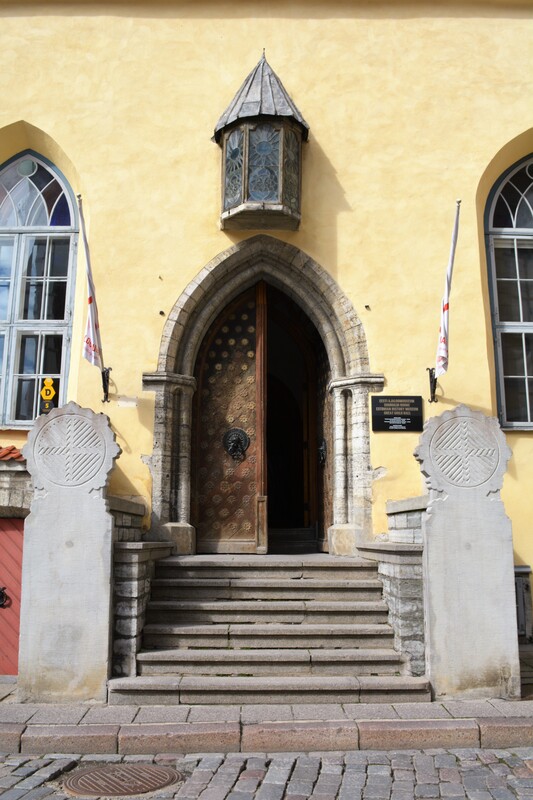what is Estonian literature?
The written literature of this farthest European frontier is relatively recent; all what we have from the Middle Ages are some few testimonies of Estonian language (such as toponyms) included in Latin historiography: Originates Livoniae (ca 1229) by Henry of Livonia and Liber census Daniae (1241). The earliest written Estonian texts appear as late as the 16th century: they are the so called Kullamaa prayers. Estonian translations of the New Testament appear as late as the 17th and the beginning of the 18th century. Yet without the consideration of the oral literature, this image would be incomplete. Estonian oral poetry speaks of the pre-Northern Crusades period of independence of the country; no wonder that oral legacy played a crucial role in the search for identity in the modern age.
The first true literary movements appear during the Estophile Enlightenment (1750-1840). The European currents of the beginning of the 19th century create a propitious atmosphere for the discovery of the Finno-Ugric folklore; Herder himself included some examples of Estonian songs in his collection Volkslieder (1807). This work will be continued toward the end of the 19th century by Jakob Hurt, the compiler of Monumenta Estoniae Antique, that under a pompous Latin title host a myriad of regilaul (songs in trochaic form), proverbs, riddles, legends and tales. On the other hand, the pre-Northern Crusades roots of identity and independence must be explored and put in the limelight, they must acquire a suitable literary form. This is why, developing freely the folkloric inspiration, Friedrich Reinhold Kreutzwald writes the national epic, Kalevipoeg (The Son of Kalev). Also, between the 19th and the early 20th century, similar folkloric inspirations may be read in the poetry of Gustav Suits, Villem Grünthal-Ridala and August Annist. In its erudite incarnation, Estonian poetry never lost its essential connection to music and its social identity as a song, mainly due to the work of the composer Veljo Tormis. Choral singing is one of the cultural identifiers of this part of Europe.
The development of Estonian literature from 17th to 19th century was conditioned by the dualism of the local culture and the universalist, German-speaking one. No wonder that already at its first edition (1857-61), Kalevipoeg appeared as a bilingual, self-mirroring text given in parallel Estonian and German versions.
Estonian literature as a complete, self-standing system is the matter of the late 19th and the 20th century. In a great measure, its emergence is due to the movement of Noor-Eesti (Young Estonia), proclaimed in 1905. The Estonian novel developed under the auspices of realism, still valid throughout the interwar period, the great time of the newly created Republic of Estonia (1918). The great work of this period is the five-volume epic novel Tõde ja Õigus (Truth and Justice, 1929-1933), by A. H. Tammsaare.
The outbreak of the ww2 brought about the new poetic generation of "Soothsayers", Arbujad. This small, yet brilliant constellation defending poetic freedom against totalitarian ideologies included such names as Ants Oras, Betti Alver, Uku Masing, Mart Raud, Bernard Kangro. The post-war Estonian literary life was divided between the exterior exile (most importantly in Sweden) and the interior exile (in the country annexed by the Soviet Union). The country's most recognizable writer, Jaan Kross, spend various years in Soviet labour camps.
Republic of Estonia regained independence in 1991. Since that time, the country has gained a new, vibrant literature in which poetry, against the present-day global tendencies, is still the central form of expression. Among contemporary Estonian poets there is Jürgen Rooste, as well as Wimberg, specialised in children's literature. The most recognizable female voice belongs to Kristiina Ehin, a singer and songwriter. Last but not least, in 2021, during the conference of the Estonian Association for Comparative Literature, dedicated rather symptomatically to lyrical awareness, I've listened to quite a persuasive lecture on the excellence of Tallinn's graffiti poetry...
The first true literary movements appear during the Estophile Enlightenment (1750-1840). The European currents of the beginning of the 19th century create a propitious atmosphere for the discovery of the Finno-Ugric folklore; Herder himself included some examples of Estonian songs in his collection Volkslieder (1807). This work will be continued toward the end of the 19th century by Jakob Hurt, the compiler of Monumenta Estoniae Antique, that under a pompous Latin title host a myriad of regilaul (songs in trochaic form), proverbs, riddles, legends and tales. On the other hand, the pre-Northern Crusades roots of identity and independence must be explored and put in the limelight, they must acquire a suitable literary form. This is why, developing freely the folkloric inspiration, Friedrich Reinhold Kreutzwald writes the national epic, Kalevipoeg (The Son of Kalev). Also, between the 19th and the early 20th century, similar folkloric inspirations may be read in the poetry of Gustav Suits, Villem Grünthal-Ridala and August Annist. In its erudite incarnation, Estonian poetry never lost its essential connection to music and its social identity as a song, mainly due to the work of the composer Veljo Tormis. Choral singing is one of the cultural identifiers of this part of Europe.
The development of Estonian literature from 17th to 19th century was conditioned by the dualism of the local culture and the universalist, German-speaking one. No wonder that already at its first edition (1857-61), Kalevipoeg appeared as a bilingual, self-mirroring text given in parallel Estonian and German versions.
Estonian literature as a complete, self-standing system is the matter of the late 19th and the 20th century. In a great measure, its emergence is due to the movement of Noor-Eesti (Young Estonia), proclaimed in 1905. The Estonian novel developed under the auspices of realism, still valid throughout the interwar period, the great time of the newly created Republic of Estonia (1918). The great work of this period is the five-volume epic novel Tõde ja Õigus (Truth and Justice, 1929-1933), by A. H. Tammsaare.
The outbreak of the ww2 brought about the new poetic generation of "Soothsayers", Arbujad. This small, yet brilliant constellation defending poetic freedom against totalitarian ideologies included such names as Ants Oras, Betti Alver, Uku Masing, Mart Raud, Bernard Kangro. The post-war Estonian literary life was divided between the exterior exile (most importantly in Sweden) and the interior exile (in the country annexed by the Soviet Union). The country's most recognizable writer, Jaan Kross, spend various years in Soviet labour camps.
Republic of Estonia regained independence in 1991. Since that time, the country has gained a new, vibrant literature in which poetry, against the present-day global tendencies, is still the central form of expression. Among contemporary Estonian poets there is Jürgen Rooste, as well as Wimberg, specialised in children's literature. The most recognizable female voice belongs to Kristiina Ehin, a singer and songwriter. Last but not least, in 2021, during the conference of the Estonian Association for Comparative Literature, dedicated rather symptomatically to lyrical awareness, I've listened to quite a persuasive lecture on the excellence of Tallinn's graffiti poetry...
I have read... nothing ...
|
Vertical Divider
|
I have written... nothing ...
|
my travel to Estonia
the road to the farthest end of Europe
(faux pas in Tallinn)
In 1923 one of the first offices of Count Coudenhove-Kalergi's Pan-European League was opened in Tallinn. Outside the office door was a brass plate with the inscription PANEUROPA UNION ESTONIA. Seventeen years later, when the Soviet Army invaded Estonia, the plate was hidden by the members of the League. In 1992, during the visit by the doyen of the European Parliament, Dr Otto von Habsburg, it was brought out of hiding and presented to him. It was the symbol of Estonia's hidden aspirations, invisible for the outside world for half a century. "Don't forget the Estonians!", said Dr von Habsburg, "they are the best of Europeans."
Norman Davies, Europe. A History, London: Pimlico, 1997, p. 944.
August 2021.
Here I am, drinking a rich broth cooked with elk meat in a tiny post-medieval tavern in Tallinn's Town Hall. The presence of tourists on the market square is noisy and intrusive, but the streets away from the main circuit of attractions are quiet, rather meditating than somnolent, as if concentrated in stillness. I visit the historical museum located in the Great Guild Hall, where I commit an enormous faux pas; at the ticket office, I ask: "Is this exposition big?". No, it is not, just a couple of drawers containing Viking coins made into a neckless, and a beaver skin, together with the animal's scaly tail. In the main hall, an old protestant Bible translated into Estonian, a pair of peasant shoes made with strips of beech bark, a sickle, while the title proudly advertises "11 000 years of survival". Survival, yes. Meanwhile, there is not enough history to make a big exposition, and any remark concerning its smallness is mildly offensive. I notice it immediately when I start to search for a bookshop, but only find an antiquary with old Estonian books, most of them printed in Soviet times. I was hoping for a bit of Estonian literature translated into English, but I find no such thing to carry home as a souvenir from my trip.
The originals are far beyond my range. Finno-Ugric linguistic family occupies a special place in my linguistic imagination: as tongues impossible to learn. My roommate, the first year I was working at the Jagiellonian University, planned to learn that sort of things. I wonder how far she managed to go. Be that as it may, Estonian is a minor tongue even in that exotic, although not so distant, linguistic group.
Estonian language has a lot to do with Finnish, and also culturally, there seems to be some sort of derivation rather than just proximity, like the link between Kalevala and its Estonian sequel, Kalevipoeg. It speaks of a son of Kalev, strong and wise, who nonetheless committed a mistake. Instead of paying the blacksmith for a unique sword he needs, he kills him. Years later, after many heroic deeds, he happens to cross the same river. And this is when the cursed sword fallen into turbulent waters cuts his both legs. The story may be interpreted as a parable explaining Estonian history. They lost the sword to defend their frontiers, and their world seems permanently crippled, unable to stand on its own legs. In fact, century after century, the country was under some foreign rule, be it German knights, Swedes, Danes or Russians. The country acquired its independence in 1918, only to lose it again during the Second World War. After several decades that left a patrimony of ugly blocks of flats where today's Estonians don't fancy to live, the new lease of hope appeared with the Baltic Singing Revolution, and then the integration in the NATO and the European Union. Today's Estonia, at least the capital, acquires minimalistic yet elegant, distinctly Scandinavian style; at many moments, it makes me think of Oslo, as if the unity of the Viking world were coming again to this frontier. Great ferries bring crowds of Scandinavian tourists, as well as investors. A bulbous sobor, like a giant chocolate cream cake, still stands imposing and high in front of the lowly building of the parliament. On the other hand, bee hives in front of the presidential palace testify of the democratic rulers' protestant sobriety and moderation.
Will it be enough to keep Russian tanks at bay? I know not, and I must confess that the reason of my Baltic tour this summer was the intimate feeling that the shadow of History is permanently upon us. I came with the intuition that, if I don't visit those countries now, later on I might never be able to come. Yes, because of the road, now shining black with its fresh asphalt, that might be rutted with tank caterpillars.
Tallinn, 22.08.2021 - Kraków, 24.08.2021.



















